 With the recent conversations that I’ve had with other institutions regarding piloting the Blackboard Enterprise Surveys and Course Evaluations (ESCE) tool, I’ve reserved a meeting room and time slot at BbWorld in the Blackboard User Group (BUG) Lounge for an open conversation on the feature gaps and workarounds that institutions are employing in attempting to implement the functionality.
With the recent conversations that I’ve had with other institutions regarding piloting the Blackboard Enterprise Surveys and Course Evaluations (ESCE) tool, I’ve reserved a meeting room and time slot at BbWorld in the Blackboard User Group (BUG) Lounge for an open conversation on the feature gaps and workarounds that institutions are employing in attempting to implement the functionality.
If you will be attending BbWorld and are currently exploring the ESCE tool, feel free to join the conversation on Wednesday, July 16, 4:00-5:00pm, Veronese 2401A.
The meeting room will have bean bags and several round tables, allowing for several groups to meet at the same time. This is a low tech room. Projectors, speakers, microphones will be NOT available.
I plan to take notes of the conversations and will plan to share here on LinkedIn for those who can’t attend.
See you in Vegas!
Jason Rhode, Ph.D.
Director, Faculty Development and Instructional Design Center
Northern Illinois University
jrhode@niu.edu
twitter.com/jasonrhode

 Jason Rhode receiving Blackboard Catalyst Exemplary Course Award at BbWorld14
Jason Rhode receiving Blackboard Catalyst Exemplary Course Award at BbWorld14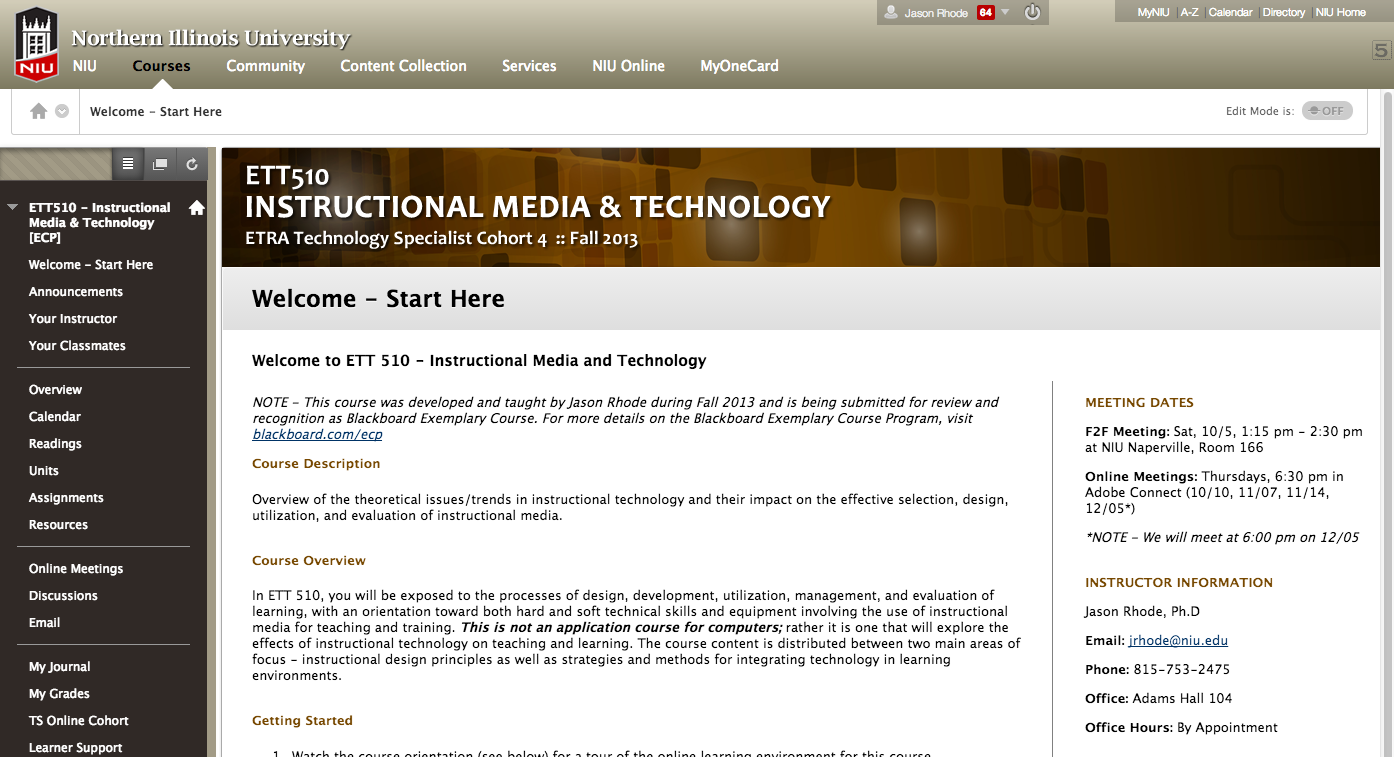
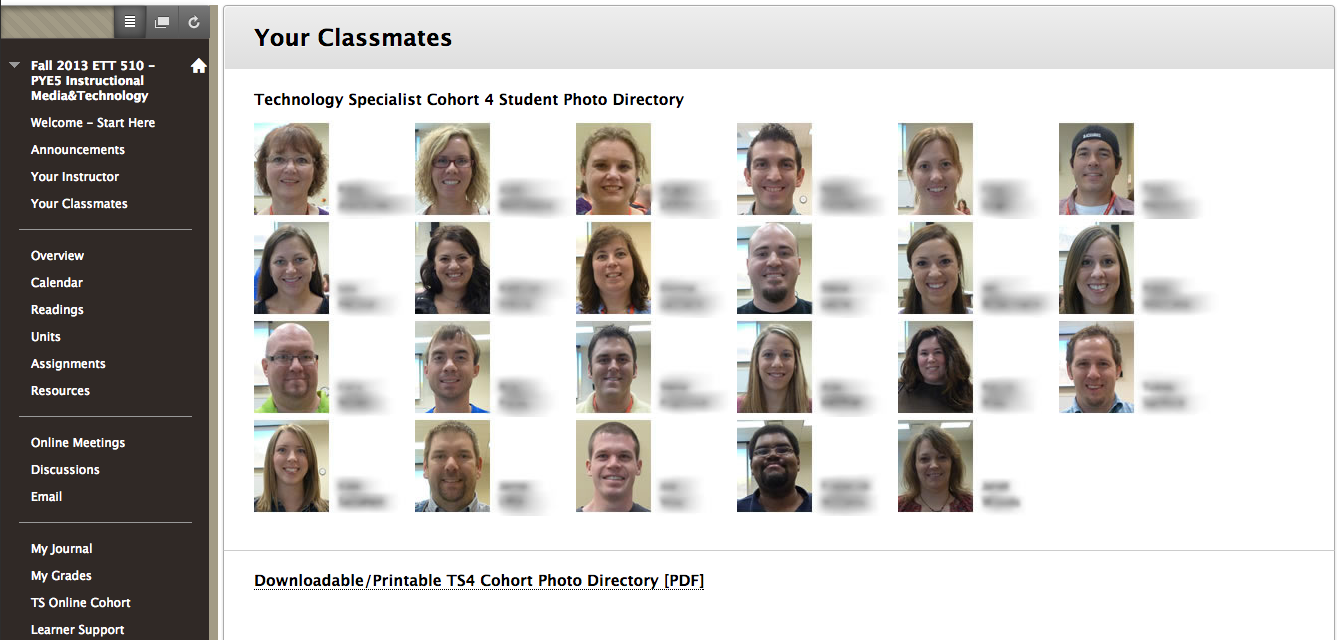
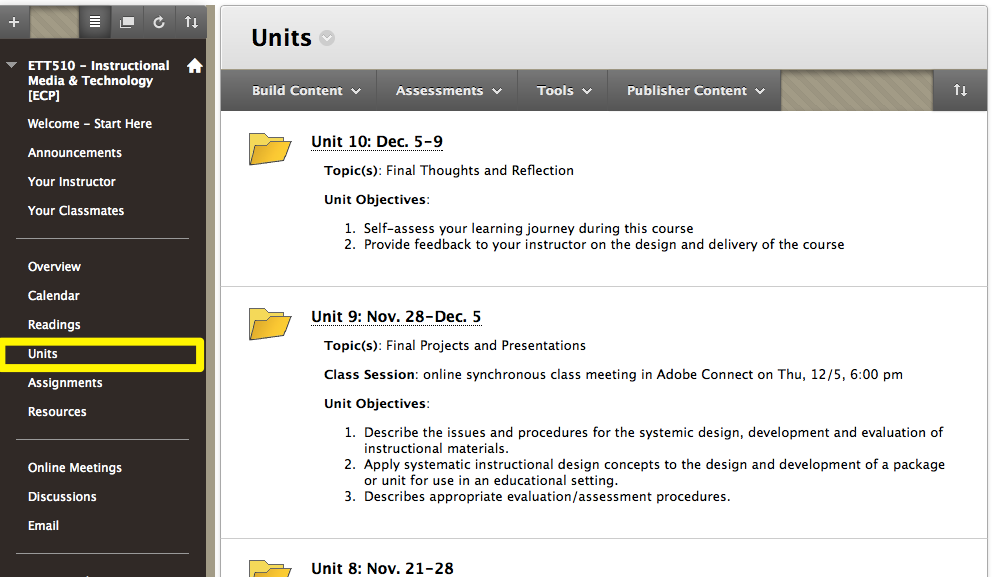
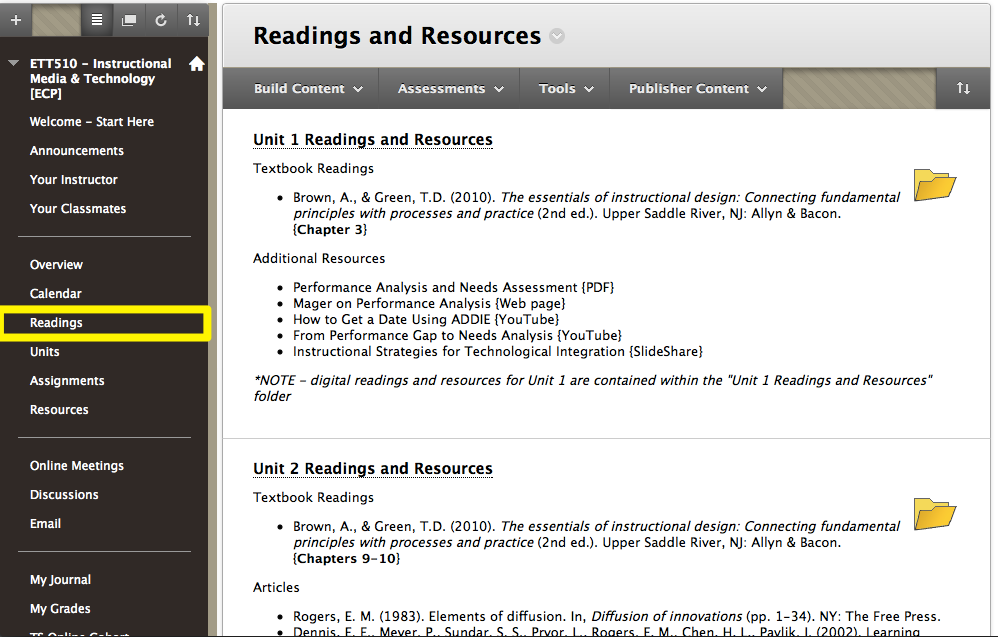
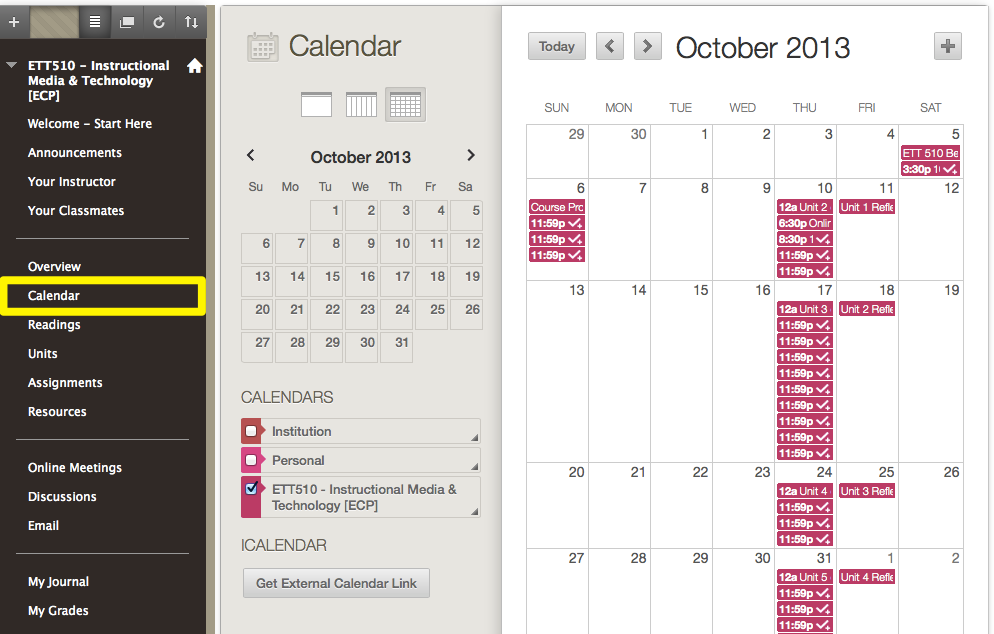
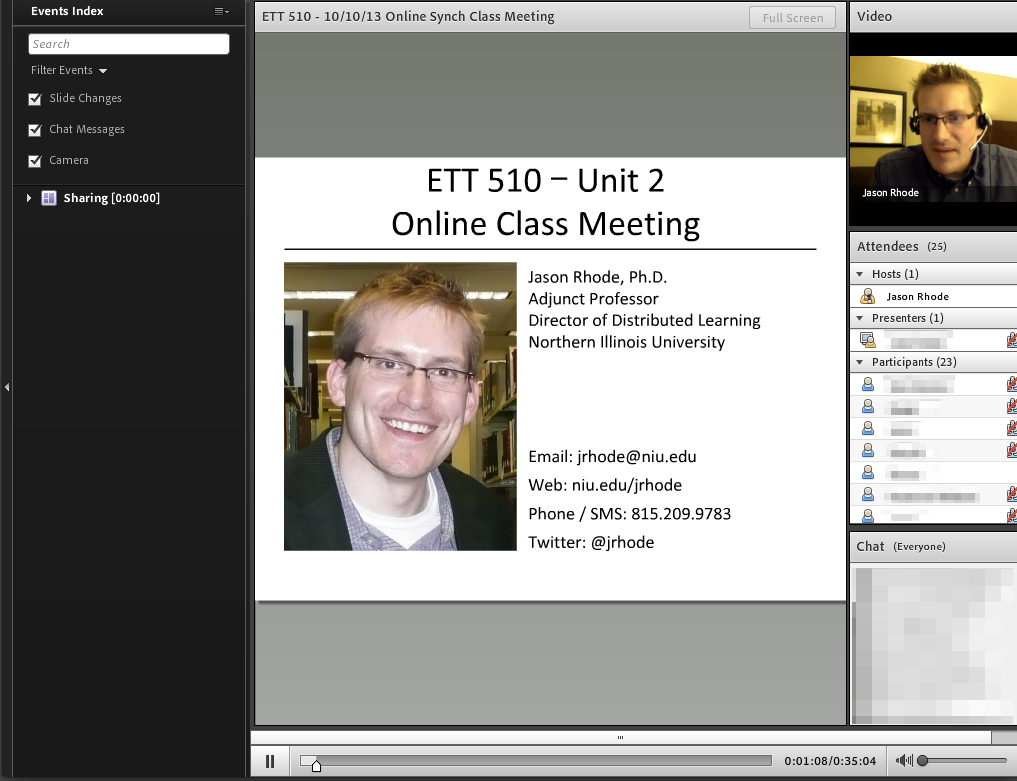
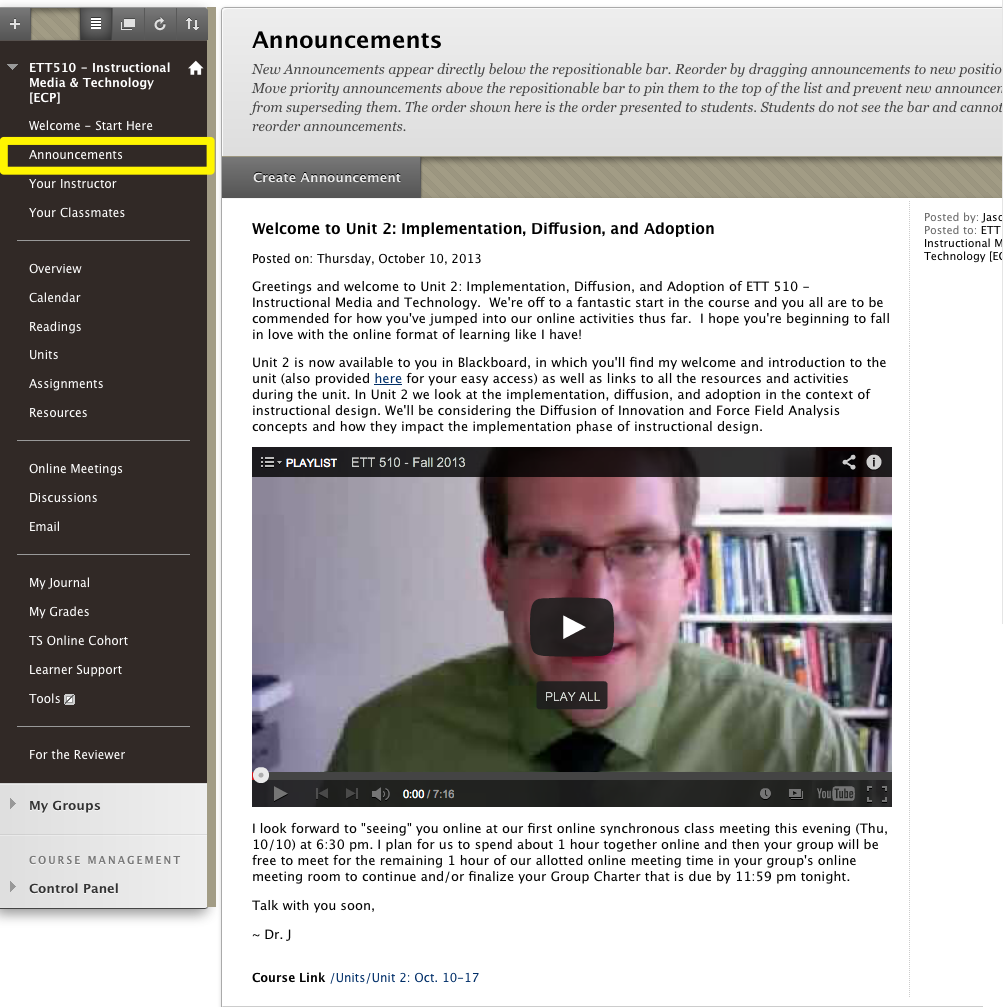
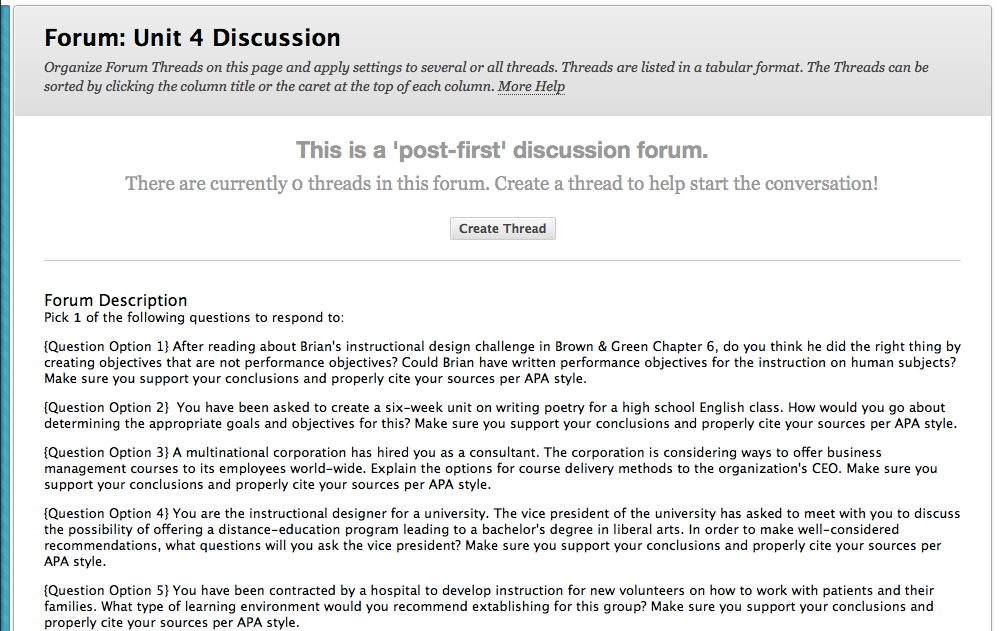
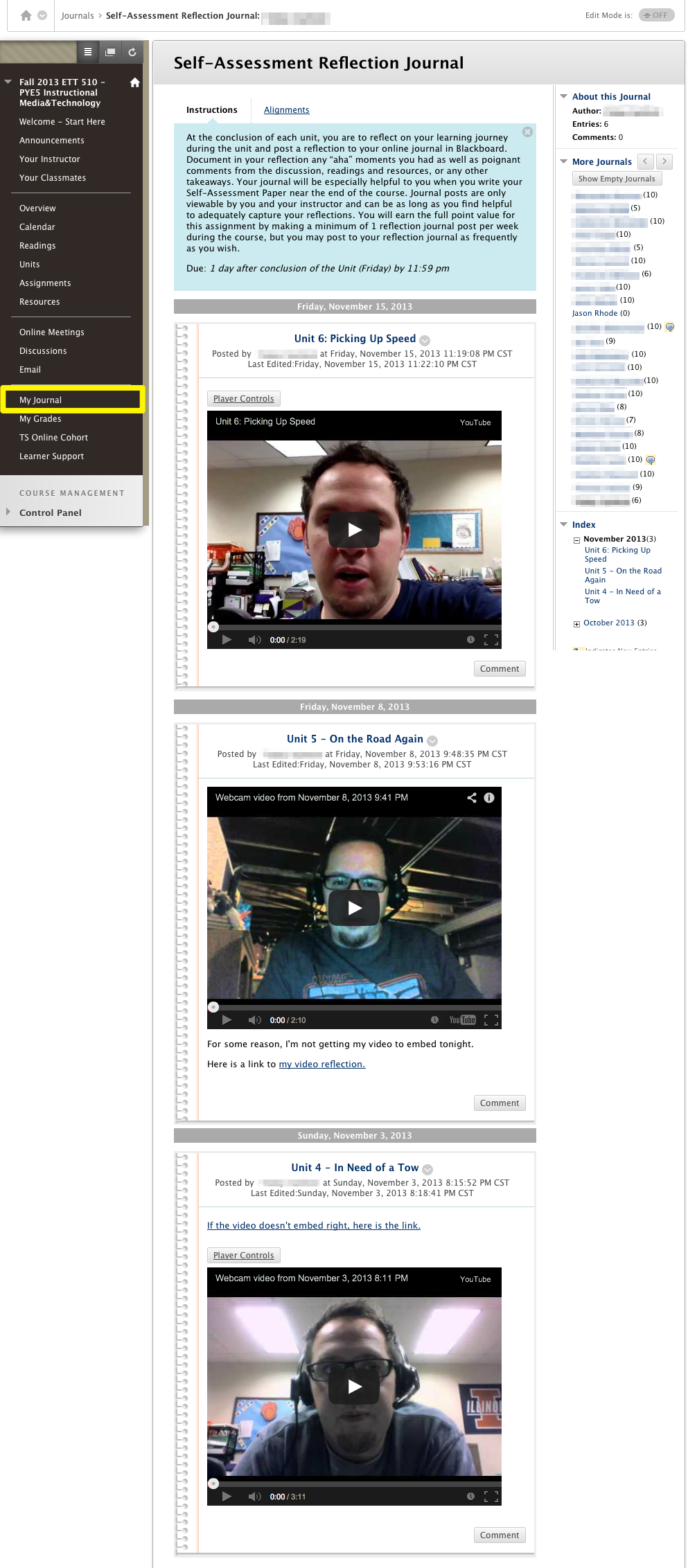
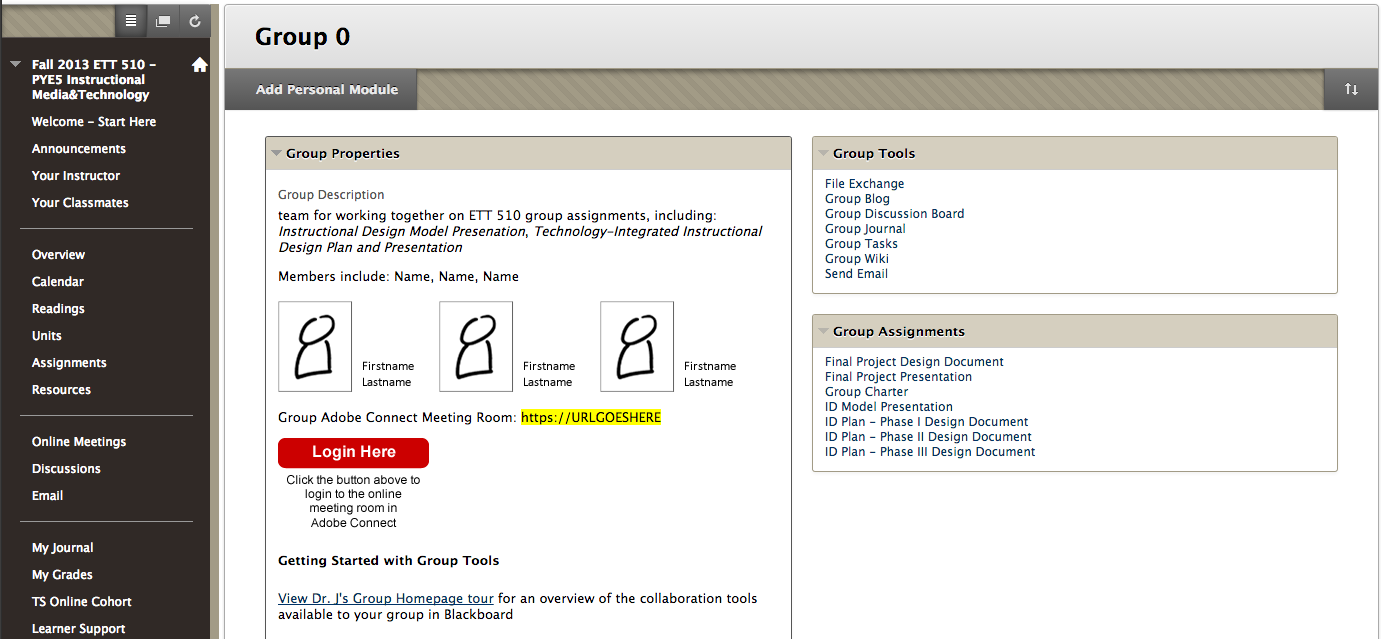
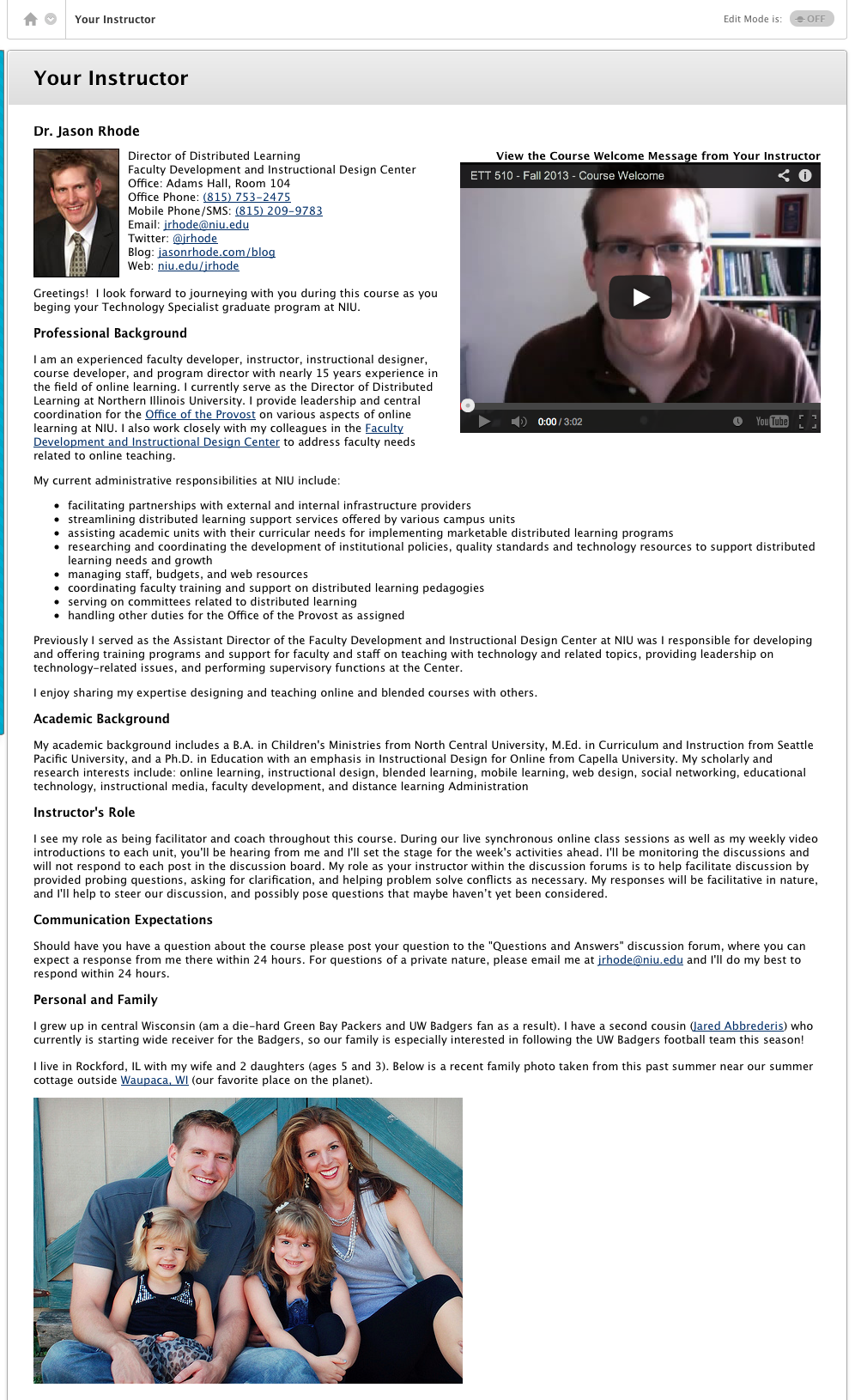
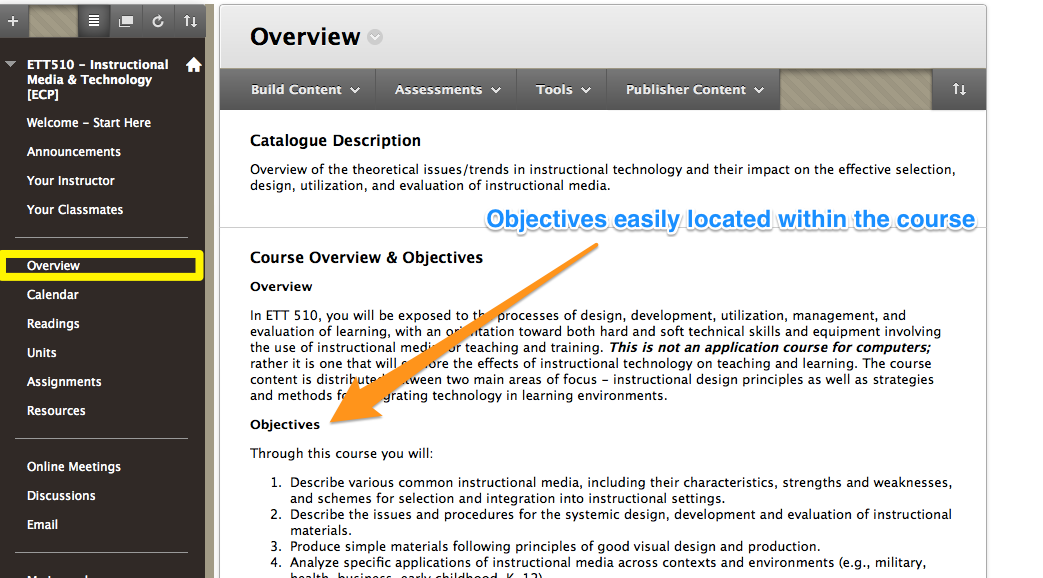
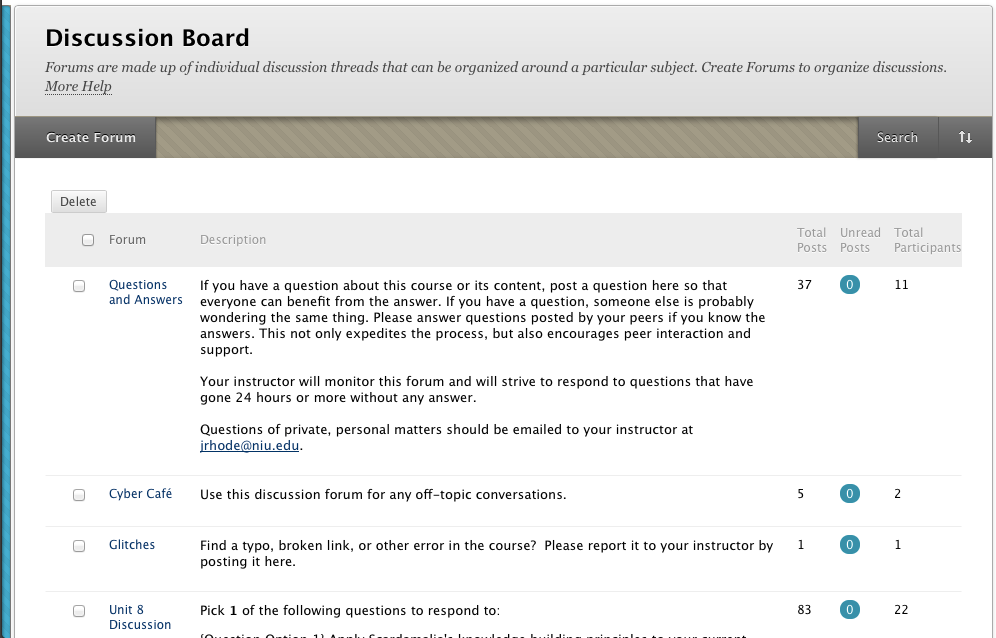
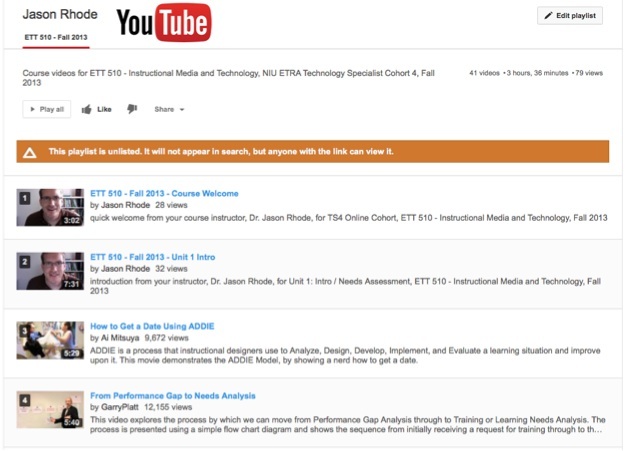

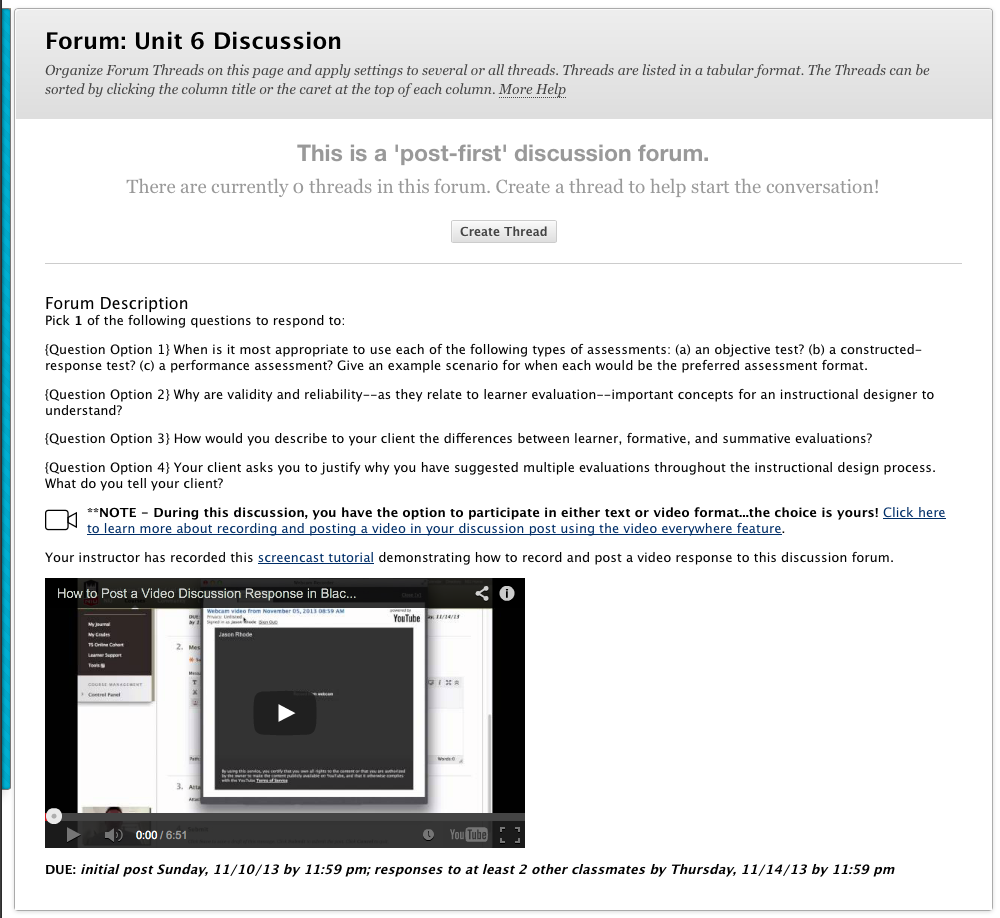
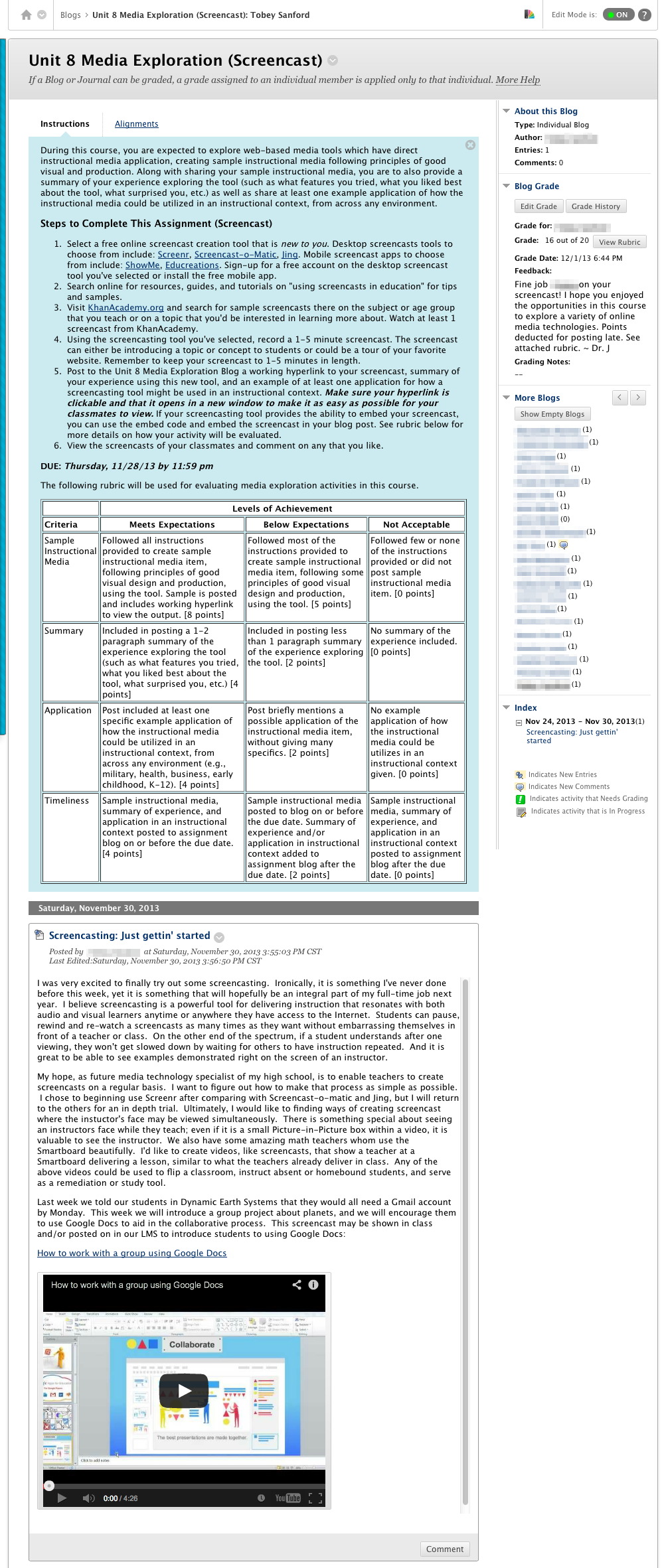
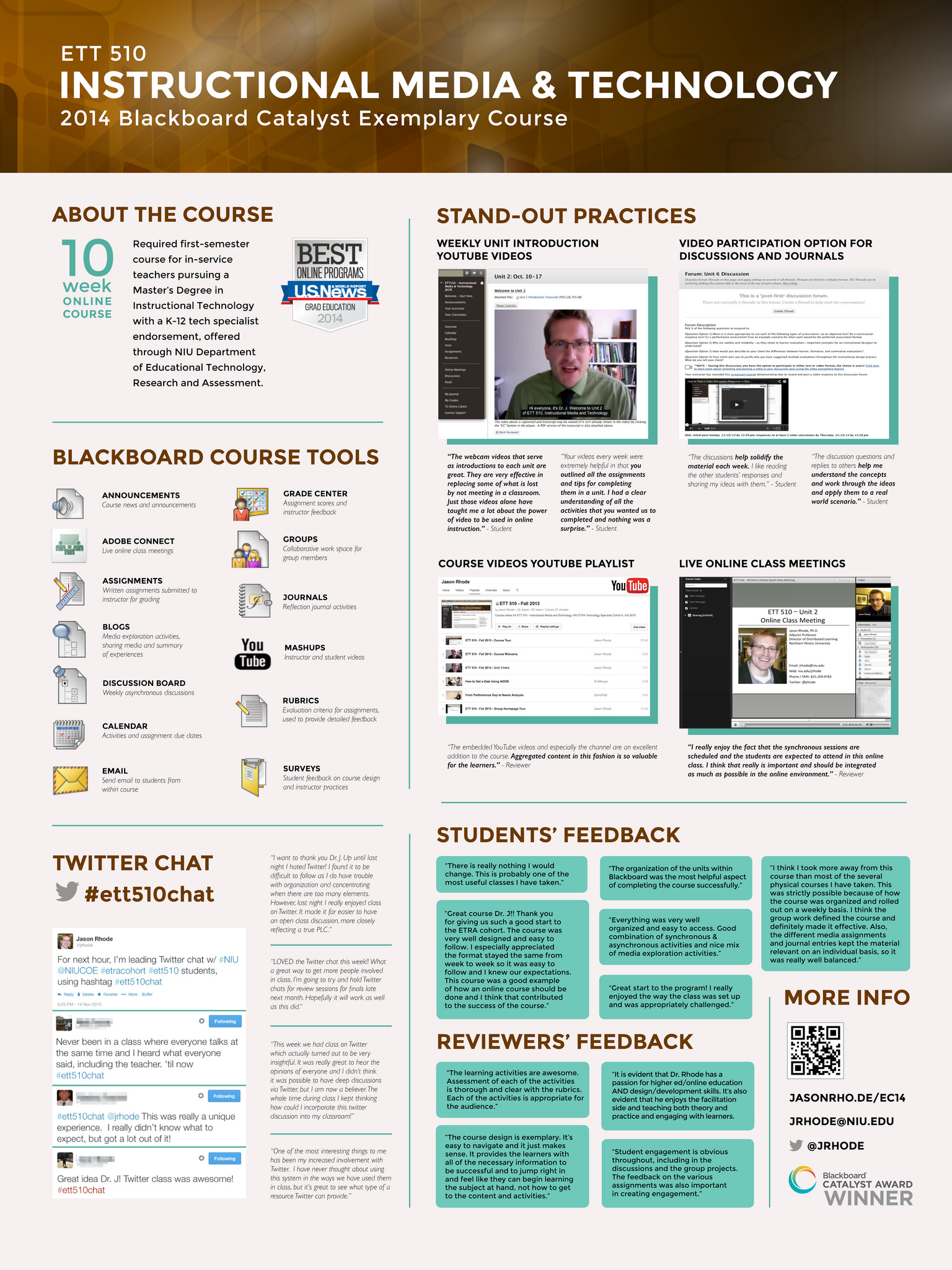
 I was excited to learn that my Blackboard course, ETT 510: Instructional Media and Technology, which I designed and taught online during Fall 2013, has been reviewed by the
I was excited to learn that my Blackboard course, ETT 510: Instructional Media and Technology, which I designed and taught online during Fall 2013, has been reviewed by the 
